Danish value retailer Tiger has opened its first central London store on Tottenham Court Road. But does it earn its stripes?
Tiger, Tottenham Court Road
Size 3,000 sq ft
Design In-house
Opened August 5, 2013
UK managing director Philip Bier
Ambience Technicolor Muji
Readers of a certain age may recall the Esso advertising slogan used in the 1960s urging drivers to ‘Put a tiger in your tank’. The slogan ran unchanged until the early 1970s, when the oil crisis put paid to overt fuel consumption and the tiger gradually slunk away from the advertising jungle.
In 2013, however, a tiger has reappeared on Tottenham Court Road, where it takes the form of a store of Danish origin that sells everything from iPad cases to olive oil. The bulk of the merchandise is own brand and brightly coloured - it’s almost a Technicolor Muji with food product also part of the mix. And it’s all low price.
Tiger has been in this country since 2010. The Tottenham Court Road store is the 21st the retailer has opened in the UK, but its arrival has not been as widely heralded as might be supposed given the brand’s progress to date.
In part, this might be related to the fact that until Tottenham Court Road, Tiger had not generally opened stores in city centres.
The first UK store opened in Croydon and as UK managing director Philip Bier notes: “For a while we were perceived as something of a suburban brand, but the brand is becoming much more urban. We’ve long had a desire to get into central London.”
Lifestyle offer
The outcome is a 3,000 sq ft store that is similar in many ways to the original branch in Croydon. But things have moved on some distance.
For starters, there’s the product. Bier says that as more and more of the offer is Tiger-branded, it has become possible to exercise greater control over the colour palette. This means that standing at the entrance to the Tottenham Court Road store, it is easy to note that much of the offer has been colour-blocked, making storytelling with the merchandise straightforward.
“We’ve shifted away from functionally-led merchandising to range-led merchandising,” says Bier. To an extent, this means that the Tiger of 2013 is a lifestyle offer. Colour is used effectively to lead the eye around the store, making a clear distinction from one product area to the next.
Tiger betrays its Scandinavian, or perhaps Ikea-influenced, origins in the store layout as the shopper is led on a stroll through the space, with only one route from one end of the store to the other and back again. This might be a little frustrating in a space the size of an IKEA branch, but the smaller scale of this store means that shopper tolerance is not too sternly tested.
Bier points out that other elements of the in-store blueprint have also been changed: “It’s a bit more than an upgrade really. Our slatwalls used to be grey, now they’re white and have a wood finish.
“We’re using more neutral colours and when it comes to music, we’ve turned the volume up without deafening people.
Our lighting is better and our in-store systems are infinitely better. The surprise for shoppers is that the prices are so low.
“Space is at a real premium in London,” Bier notes, which means that volume sales are even more important in this environment than in branches such as Croydon or on London’s Finchley Road.
Yet Bier is confident that central London is a prime target for Tiger’s future expansion: “I can see two stores in Soho, for instance, two in Covent Garden, on the Strand, and two north of Oxford Street,” he says.
Here to stay
The arrival of Tiger at the southern end of Tottenham Court Road is also symptomatic of the gradual changes that are being wrought on this thoroughfare. “Tottenham Court Road presented itself as a real opportunity and in a relatively short time, I would think that the generic electricals stores at this end of the street will disappear as this becomes more and more of a homewares destination,” says Bier.
And perhaps as a statement of intent, Tiger’s store also includes more than the shop on the ground floor. The two levels above have also been taken by the retailer and will be turned into a head office for Tiger, which really does look like it is here for the long game.
Bier says this store cost about £300,000 to create and fit out and, judging by the number of shoppers on the first weekend of trading at the beginning of August, payback will be relatively rapid.
Tiger’s arrival in the centre of the capital can be seen as something of a watershed, and is likely to prove instrumental in getting further deals done that will enable the brand to become a regular feature across London - 21 stores from a standing start in three years is good going, but the pace looks set to hot up still further.
Shoppers can look forward to heading into a shop where they end up buying things they didn’t know they wanted or needed some time soon. -




















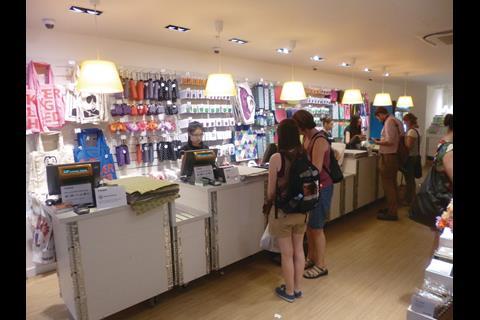

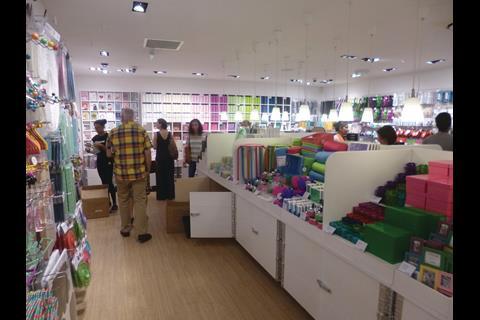


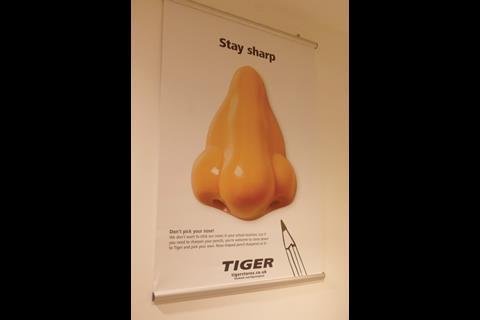

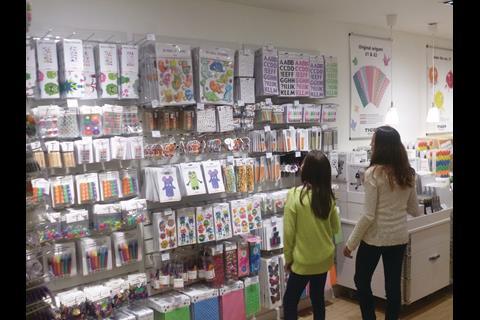

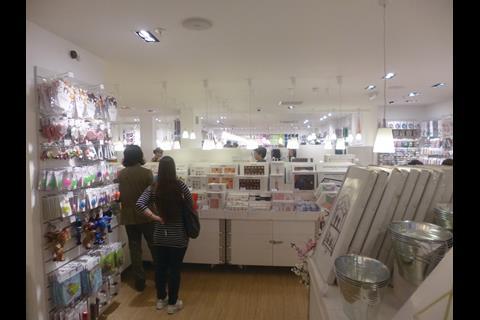
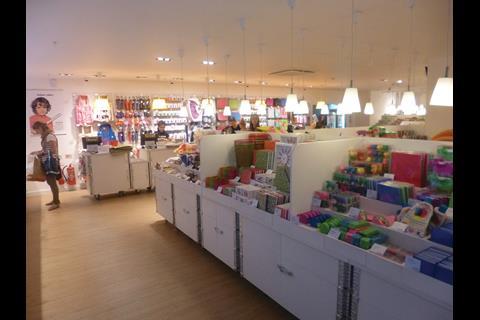
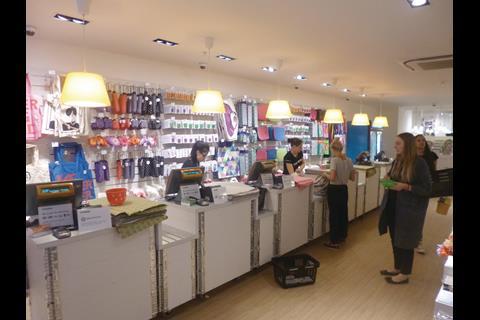

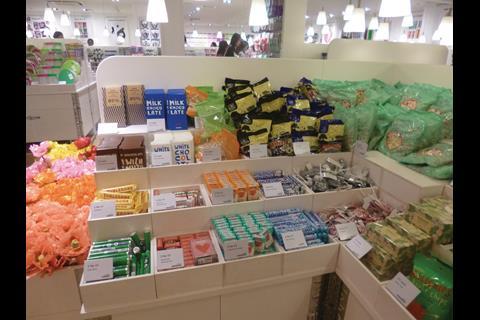
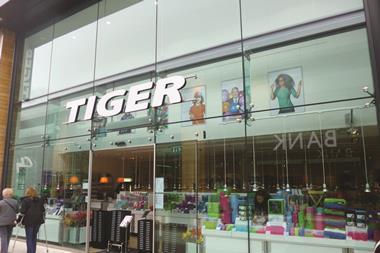
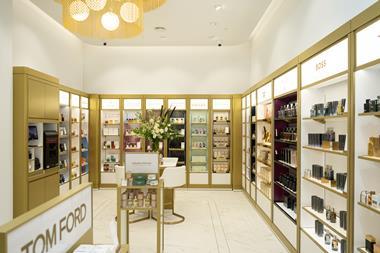


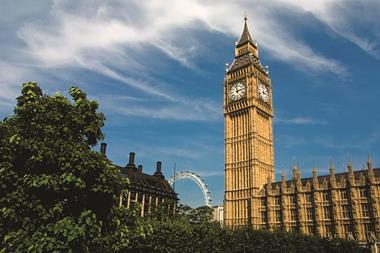

No comments yet